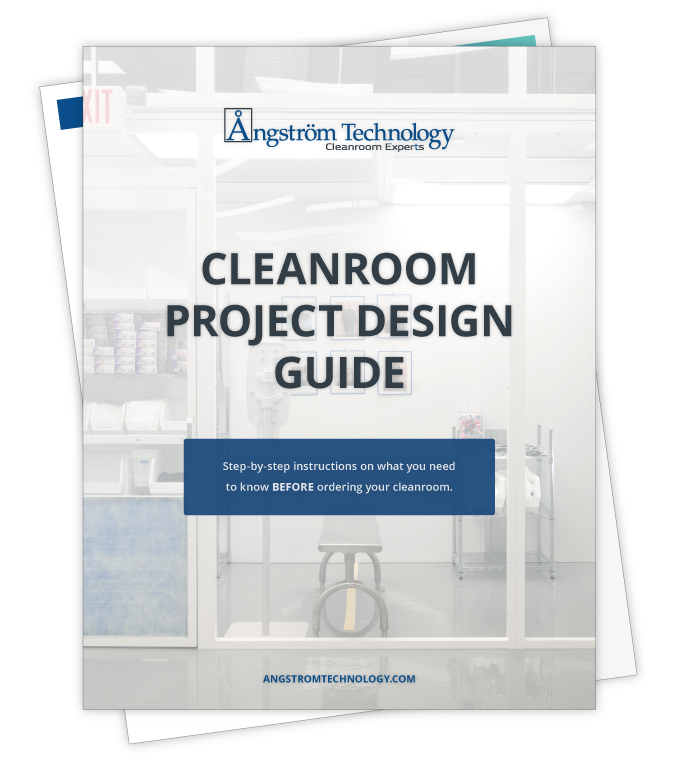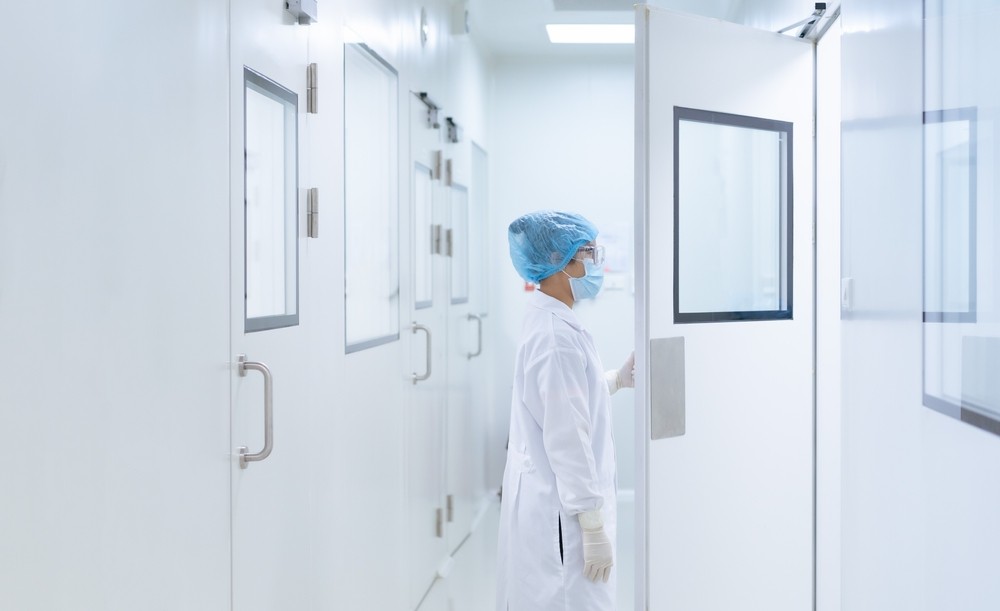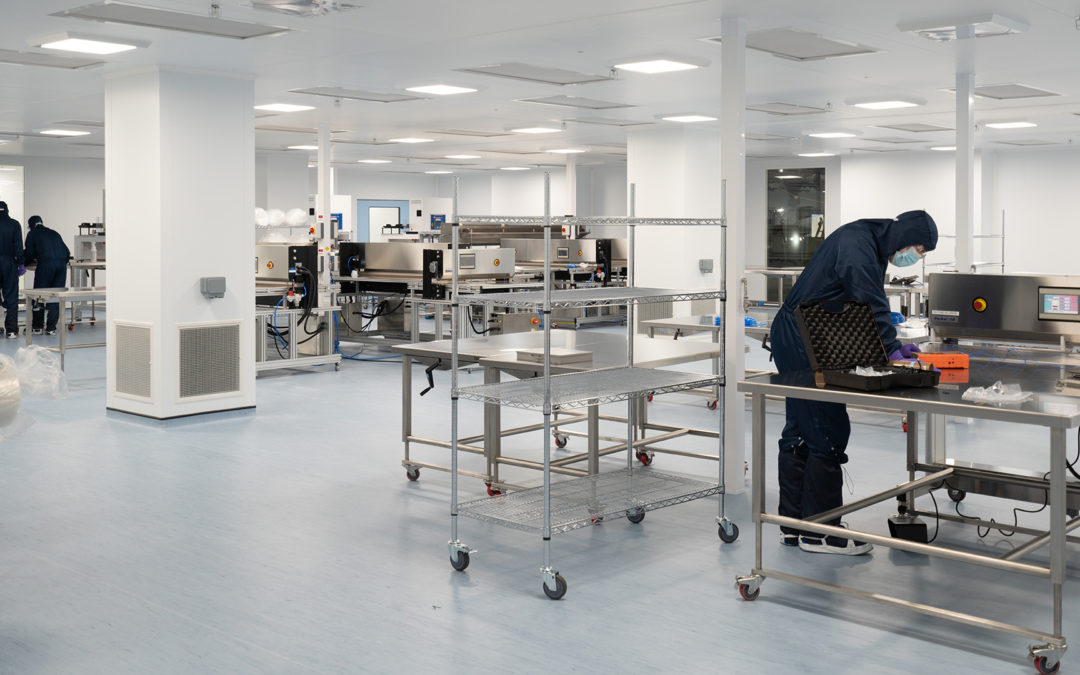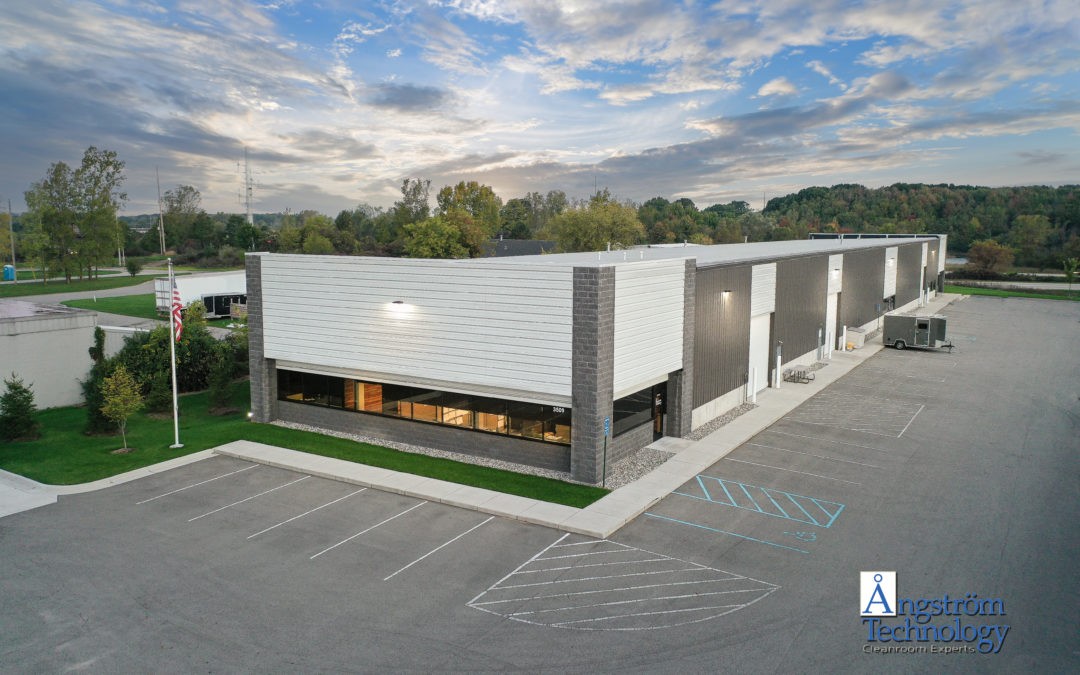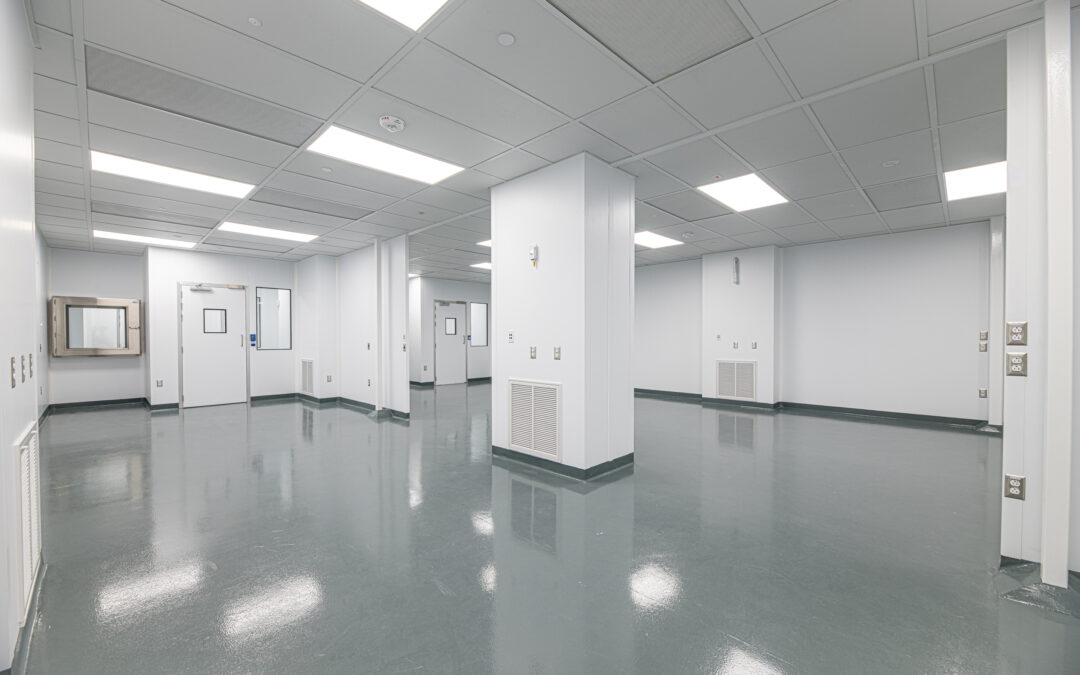
What is the Difference Between a Controlled Environment and a Cleanroom?
The words cleanroom and controlled environment are often used interchangeably when talking about environment control in critical spaces. But what is a cleanroom? What is a controlled environment? There is a difference, and that difference is crucial. When it comes to controlled environments vs. cleanrooms, here’s what you need to know:
Controlled Environments vs. Cleanrooms
What Is a Controlled Environment?
A controlled environment, or critical environment, is an area that must have specific parameters controlled. The parameters include pressure, temperature, and segregation. Many laboratories are considered controlled environments, as they have controlled temperature and pressure and are separated from other operations, such as manufacturing or shipping. Unlike cleanrooms, controlled environments do not necessarily have to meet certain standards for particle contamination.
Common Applications for Controlled Environments:
- Life science laboratories
- Engineering laboratories
- Laser labs
- High-energy physics facilities
- Hospitals
- Cannabis grow rooms
- Clean manufacturing
- Food processing rooms
- Pharmacies
- Quality labs
What Is a Cleanroom?
A cleanroom is a type of controlled environment with much more stringent requirements. Cleanrooms require temperature and pressure control, as well as separation from the outside environment and other operations.
All the requirements of cleanrooms are regulated and must meet designated standards. Cleanrooms are classified by the maximum acceptable number of particles (by size) in the air per cubic meter, and must be regularly tested to ensure compliance with that standard (see more about cleanroom classifications here). Compared to standard controlled environments, cleanrooms may require more energy, air, and advanced technology to maintain the cleanroom conditions.
Common Applications for Cleanrooms:
- Semiconductor manufacturing
- Pharmaceutical manufacturing
- Research and development
- Laser and optics
- Electronics manufacturing
- Medical device manufacturing
- Precision industrial manufacturing
- Aerospace
- Mask manufacturing
- 3D printing
- Nutraceutical cleanroom
- Food processing/bottling
Do I Need a Cleanroom or a Controlled Environment?
The answer to this question depends on two factors: your application and your industry. If packaging medical devices, you’ll need an ISO class 7 compliant cleanroom or higher. If you have a process control laboratory for a chrome plating company, you aren’t required to meet a specific ISO classification, but you need to control the environment.
You may even have different needs within your facility; you may need a controlled environment for sensitive materials that don’t need to meet cleanroom standards but also require an ISO class 8 cleanroom for quality control testing.
When building and designing a cleanroom, contractors consider various factors to determine the necessary construction materials and regulating equipment. To ensure the facility is accurately equipped and meets standards, the contractor will consider the following:
- Required ISO class FDA regulations
- Types and placement of HEPA or ULPA filters
- Environmental conditions
- HVAC requirements
- Spatial specifications
- Construction materials
- Air showers
- Pass-thru units
- Fire protection
- Light and air supply
- Electrical and plumbing requirements
- Equipment hookups and special equipment
Partner with Angstrom Technology for Expert Guidance
Understanding the difference between controlled environments and cleanrooms is pivotal in determining the appropriate solution for your specific requirements and industry standards.
With over 30 years of industry experience, we offer unparalleled expertise and a comprehensive portfolio to meet your cleanroom needs. From conceptualization to installation and ongoing support, our commitment to excellence ensures a seamless journey toward achieving your cleanroom objectives.
Contact the Angstrom team today for all your cleanroom needs!
Get Instant Access to Our Cleanroom Design Guide
The Most Comprehensive Guide for Cleanrooms and Modular Offices
